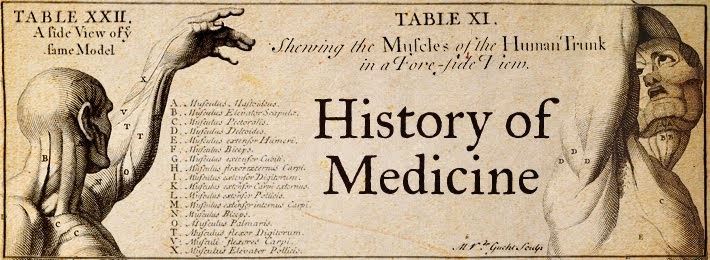 Phrenology (from Greek: φρήν, phrēn, "mind"; and λόγος, logos, "knowledge") is a defunct field of study, once considered a science, by which the personality traits of a person were determined by "reading" bumps and fissures in the skull. Developed by German physician Franz Joseph Gall around 1800, the discipline was very popular in the 19th century. In 1843, François Magendie referred to phrenology as "a pseudo-science of the present day."[1] Phrenological thinking was, however, influential in 19th-century psychiatry and modern neuroscience.[2]
Phrenology (from Greek: φρήν, phrēn, "mind"; and λόγος, logos, "knowledge") is a defunct field of study, once considered a science, by which the personality traits of a person were determined by "reading" bumps and fissures in the skull. Developed by German physician Franz Joseph Gall around 1800, the discipline was very popular in the 19th century. In 1843, François Magendie referred to phrenology as "a pseudo-science of the present day."[1] Phrenological thinking was, however, influential in 19th-century psychiatry and modern neuroscience.[2]Phrenology
 Phrenology (from Greek: φρήν, phrēn, "mind"; and λόγος, logos, "knowledge") is a defunct field of study, once considered a science, by which the personality traits of a person were determined by "reading" bumps and fissures in the skull. Developed by German physician Franz Joseph Gall around 1800, the discipline was very popular in the 19th century. In 1843, François Magendie referred to phrenology as "a pseudo-science of the present day."[1] Phrenological thinking was, however, influential in 19th-century psychiatry and modern neuroscience.[2]
Phrenology (from Greek: φρήν, phrēn, "mind"; and λόγος, logos, "knowledge") is a defunct field of study, once considered a science, by which the personality traits of a person were determined by "reading" bumps and fissures in the skull. Developed by German physician Franz Joseph Gall around 1800, the discipline was very popular in the 19th century. In 1843, François Magendie referred to phrenology as "a pseudo-science of the present day."[1] Phrenological thinking was, however, influential in 19th-century psychiatry and modern neuroscience.[2]Eponims in Neuroanatomy
Herein it is reviewed several contributions to neuroanatomy in the period extending from the renaissance, when interest in the old Greek medicine revived, to the end of the 18 th century. I will concentrate on three eponyms: 1) the circle of Willis; 2) the Sylvian fissure; 3) the foramen of Monro. The work of these three eponymists will be put into the context of the evolution in neuroanatomy of the period in which they worked. Contributions to neuroanatomy have been added over the centuries, although to a lesser degree in the period between Galen (130-200) and the renaissance. Galen’s work had been authoritative for over twelve centuries. Medieval physicians kept to his anatomy unquestioning. It had about the same status in medicine as the bible in religion. Important renovations started in the renaissance period.
Subscribe to:
Posts (Atom)
